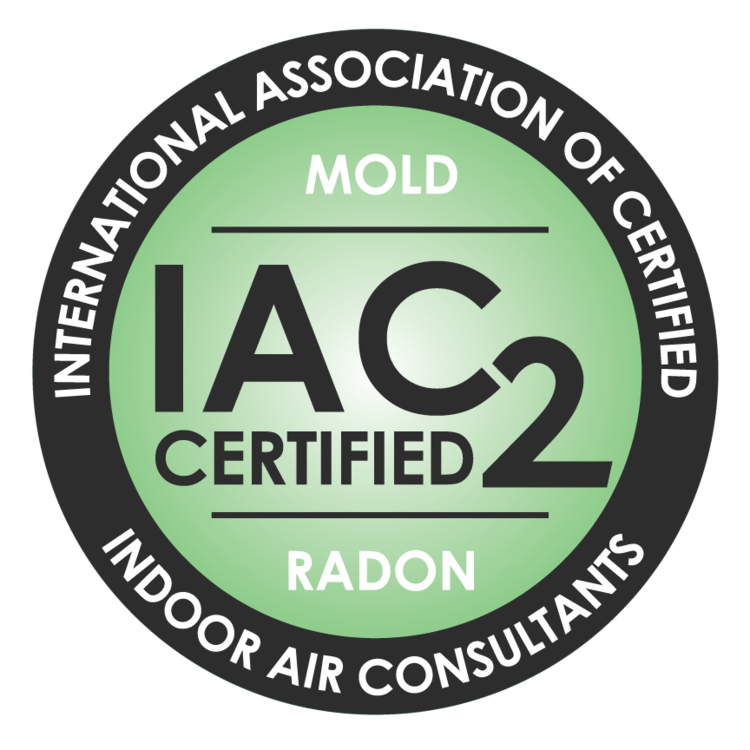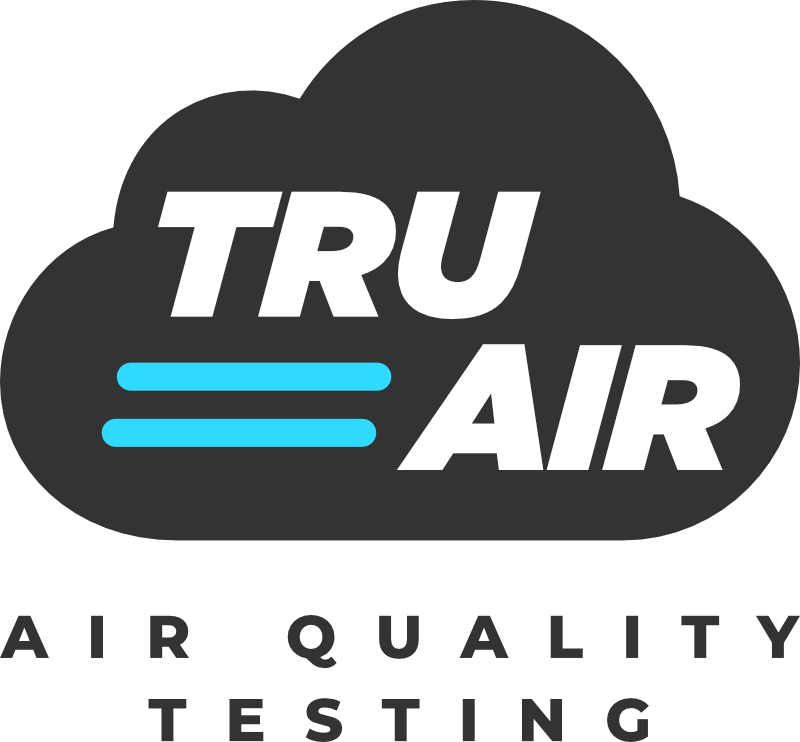Radon Testing
Your Local Air Quality Experts.
We can test for the presence and levels of Radon in your home. Here is more information about this hazardous gas.
What is Radon?
Radon is a naturally occurring radioactive gas that is formed by the breakdown of uranium in soil, rock, and water. It cannot be detected by the senses (you cannot see it, smell it, or taste it). However, it can be detected easily with radon measurement devices.
When radon escapes from the ground to the outdoors, it mixes with fresh air, resulting in concentrations too low to be of concern. When radon enters an enclosed space, such as a home, it can accumulate to high concentrations and become a health concern.
Radon can enter a home any place it finds an opening where the house contacts the soil, such as: cracks in foundation walls and floor slabs, construction joints, gaps around service pipes, support posts, window wells, floor drains, sumps or cavities inside walls.
Radon Guideline
Although there is currently no regulation that governs an acceptable level of radon in Canadian homes, Health Canada, in partnership with the Provinces and Territories, has developed a guideline. The current Canadian guideline for radon in indoor air for dwellings is 200 becquerels per cubic meter (200 Bq/m3). This guideline provides Canadians with guidance on when remedial action should be taken to reduce radon levels.
Remedial measures should be undertaken in a dwelling whenever the average annual radon concentration exceeds 200 Bq/m3 in the normal occupancy area. The higher the radon concentration, the sooner remedial measures should be undertaken.
Breathing elevated concentrations of Radon over time has proven to increase your risk of lung cancer. In the United States, Radon is the 2nd leading cause of lung cancer, behind smoking. You can take steps to reduce and control the amount of radon in your home. Testing is the only way to determine radon levels. The current Canadian guideline for radon is 200 becquerels per cubic meter (200 Bq/m3)
Short-Term Measurements
Short-term measurements are done to determine radon concentrations for the purposes of assessing the initial need for remedial action. Since radon concentrations vary over time, it is strongly recommended that the result of any short-term measurement be confirmed with a follow-up long-term measurement, at the same location within the home.
Measurement Location
To provide a realistic estimate of radon exposure to the occupants, all measurements should be made in the normal occupancy area, of the lowest lived-in level of the home. The normal occupancy area is defined as any area occupied by an individual for more than 4 hours per day. Low-level bedrooms (main floor or basement) should be tested, because people generally spend more time in their bedrooms than in any other room in the house. The measurement location should be selected so that there is a reasonable expectation that the measurement device will not be distributed during the measurement period.
Measurement Results
If the measurement results are below 200 Bq/m3, further measurements are likely not necessary. If the long-term measurement results are greater than 200 Bq/m3, then remedial action is recommended.
While the health risk from radon exposure below the Canadian Guideline is small, there is no safe level of radon. It is the choice of each homeowner to decide what level of radon exposure they are willing to accept. If the decision to mitigate is taken, radon levels should be reduced to a level as low as reasonably achievable.
Recommendations
Remediation: Choose a Certified Radon Mitigation Professional
A certified radon mitigation contractor will make sure your home’s radon level is lowered and your home is a healthier place to live. To find a certified mitigator, contact the Canadian National Radon Proficiency Program (C-NRPP) at 1-855-722-6777 or info@c-nrpp.ca, the Canadian Association of Radon Scientists and Technologists (CARST) at info@carst.ca or Health Canada at radon@hc-sc.gc.ca.
Source: Government of Canada. “Radon – Reduction Guide for Canadians.” Government of Canada. August 8, 2016.

How are we different?
Why should you go with us?
- IAC2 Certified
- WCB Insured
- $5M General Liability
- Member of InterNACHI
- 5 Star Rating on Google
Let's Chat
Have questions? We can help!
Questions? Give us a call!
We're ready to help!
Give us a call! We will take the time to discuss any questions and/or concerns you may have, and provide options and advice.
